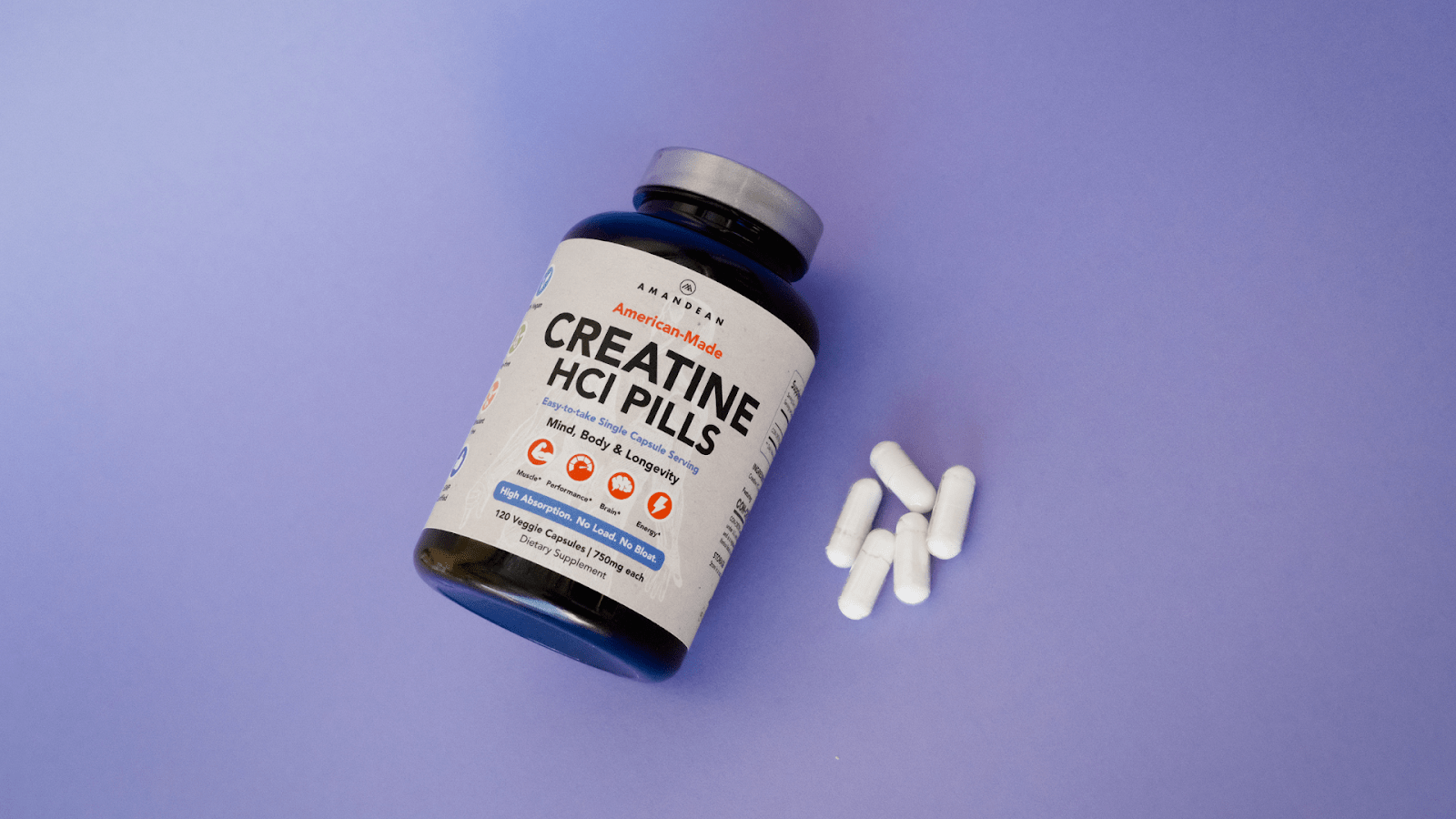Your Cart is Empty

June 17, 2021 5 min read
Have you ever stopped to consider the extensive selection of the big box grocery stores these days? Okay, it is pretty impressive that you can get a TV, kayak, and a rotisserie chicken all in the same store. But during any given season, the produce section is somehow stocked with the same variety as they had months ago. Not only that, but every piece of fruit looks like it came off of a poster, not a flaw or bump to be seen. Cash crops coming in from all over the globe have infiltrated the grocery stores and when a fruit or veggie goes out of season in one region, it's ready to be supplied in the next. Think about the journey of the salmon fillets that are somehow constantly available at your New York grocery store. They are caught in northwestern America (hopefully sustainably caught), processed, shipped across the country, and refrigerated until a lucky buyer appears. Then, after we bring them home, we prepare them, eat our favorite parts, and toss out the skins. Every item in your fridge or pantry has a long journey before it makes it to your plate, so every part of it should be appreciated and enjoyed!


Building a zero waste kitchen starts with some easy and effective swaps. When it comes to food prep, the kitchen tools you already have should do the trick. The only new gadget you might consider adding is a compost bin. Instead of being mixed in with plastic bags, old receipts, and styrofoam takeout containers, compost bins are a great way to collect all of your compostable food scraps, egg shells, and coffee grounds to enrich next season's garden.
Here are some of our favorite zero waste sustainable swaps:
This one is a given - bring your own shopping bags to your weekly grocery shopping or to the farmers market as you stock up on veggies for these zero waste ingredients!
Making your own zero waste recipes doesn't require fancy new foods, just a wider perspective. Consider adding stems, leaves, roots, seeds, ends, and even peels to blend, mash, and blanch into new recipes! Here are some of our favorites:


Sustainability doesn't have to be and shouldn'tbe expensive or complicated. Making the most out of the products you already have in your hands is the most sustainable option on the menu. Try slowing down your shopping and choosing brands that align with your personal values and don't forget to be creative! We're all penny pinchers and tree huggers when it comes to making delicious and nutritious foods.
“Zero waste cooking” makes use of the entire ingredient, which helps to stretch your dollar.
When a byproduct can't be consumed directly, composting food waste can return nutrients to the soil and help your garden to thrive.
Compost bins are a great way to collect all of your compostable food scraps, egg shells, and coffee grounds to enrich next season's garden.
Ferment your fruits or veggies for a few days, then keep them in an airtight jar in your fridge to make them last weeks longer.
Try slowing down your shopping and choosing brands that align with your personal values and don't forget to be creative.
Take our quiz and find which supplements your body is craving.


December 12, 2025 7 min read
Achieve luscious locks with collagen for hair. Try Amandean’s premium collagen supplements for stronger, healthier hair.

December 12, 2025 10 min read
Collagen packets by Amandean make skin, joint, and hair support easy on the go. Learn how collagen packets work and upgrade your wellness routine today.

October 17, 2025 8 min read
Find out why creatine is better for vegans! Boost your wellness game and unlock peak performance with Amandean's premium supplements today.